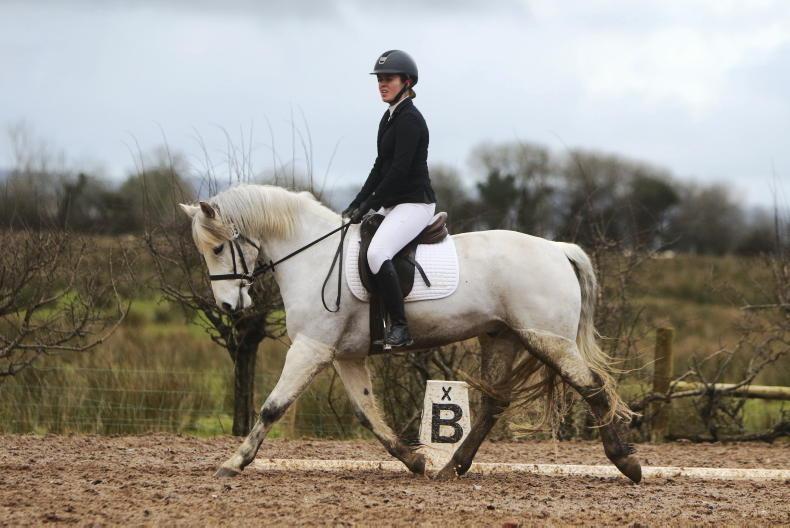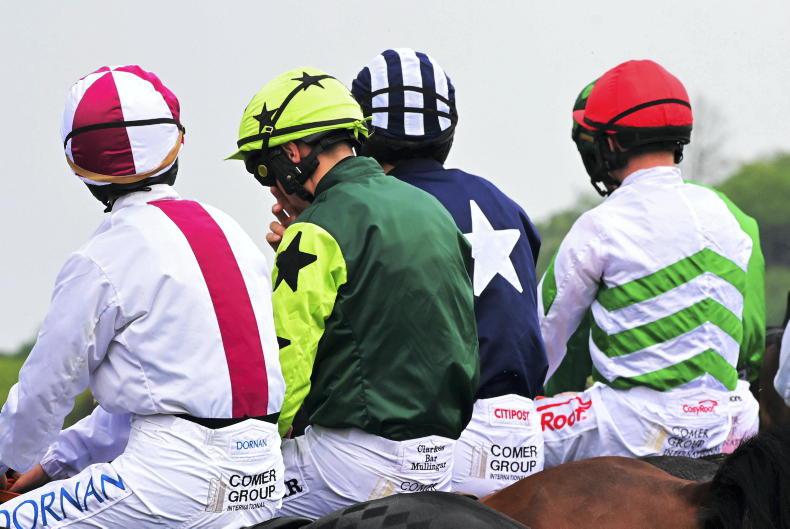ARENA mirrors are becoming more and more popular with amateur and professional riders alike. These training aids are affordable and easy to use, and integrating mirrors into your training programme can really deliver positive results.
Most riders would love to have an instructor with them each time they ride, to help them perfect their position, to feedback on movements and more. Mirrors don’t take the place of an instructor as they can’t provide you with instruction, but the visual feedback delivered through an accurate, clear reflection allows significant improvements to be made, to get the most out of your instruction at the time and when schooling alone. Mirrors are one of the best investments you can make in your riding and now Smart Equine in Co Dublin is offering one of the most popular brands, Mirrors For Training.
Endorsed by the likes of Olympic eventer Mary King MBE and International event rider Oliver Townend, according to Jenny Doran of Smart Equine:’ “Mirrors For Training are high-quality and give you that instant feedback on both your position and your horse’s way of going. The Mirrors For Training system is strong, durable, generously sized and the mirrors are uniquely backed with galvanised steel, offering superb clarity that cannot be matched by any other mirror supplier.”
Exercise 1
CHANGE the rein across the diagonal of the school from the corner to a third of the way down the long side. Then ride directly towards the mirror to check if your horse is flexed slightly to the inside in preparation for the next corner. Make sure you do not face your horse head-on to the mirror. Continue across the short side alongside the mirrors, and continue up the next long side. Change the rein in the opposite direction. The purpose of this exercise is to check if you are asking your horse to change bend and flexion correctly.
Exercise 2
Ride a large figure of eight – this is two large circles which touch each other. The circles can be ridden in walk, trot or canter. Either ride both circles in the same gait, or you could ride in trot and one in canter, and so on. The exercise can increase in difficulty by riding smaller circles, and collecting the stride, or larger ones and extending the stride. Try to change your horse’s flexion and bend opposite the centrally placed mirrors so you can check on your aids and your horse’s balance. See if his hind legs are following in the tracks of his front legs, i.e. is he straight?
Exercise 3
Ride four small circles of between eight and 10 metres in diameter in front of each mirror.
Check in the mirrors for your own position, the horse’s outline and if the horse’s hind feet follow the tracks of his front feet. If he swings his haunches out at each circle, and has difficulty bending, then make the circles a bit bigger until he has loosened up.
Make sure the line you ride between the circles is straight, and that the horse is straight, but remember to flex him in preparation for each new circle.
Exercise 4
Ride a zig zag up the centre line. This can be ridden in walk, trot or canter and either with straight lines, or lateral movements. Use the mirrors across the short side to check if you are changing bend correctly at each change of direction.
Using straight lines, simply changing bend and direction either side of the centreline. Zig zags are most commonly ridden in half pass, but you could also try in leg yield. Try to make the zig zags even, and keep your horse balanced.
Contact details
Getting the horse used to working with mirrors should not take very long but it’s always good to get advice on the best way to to do this. For more information contact
Smart-Equine.com or text or call: 087 1162789




 This is a subscriber-only article
This is a subscriber-only article
 It looks like you're browsing in private mode
It looks like you're browsing in private mode











SHARING OPTIONS: